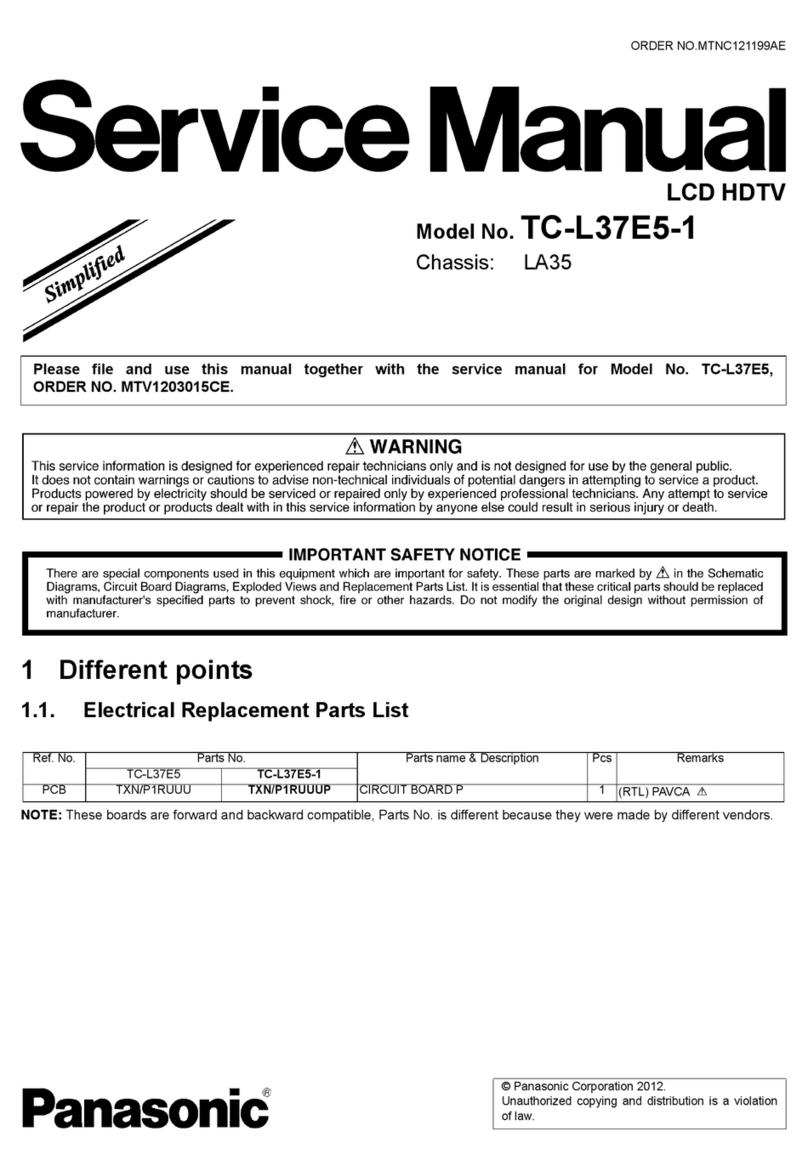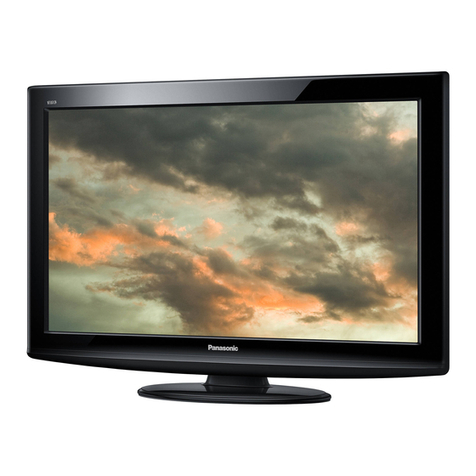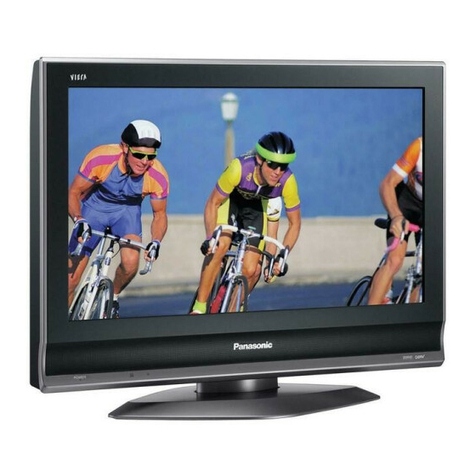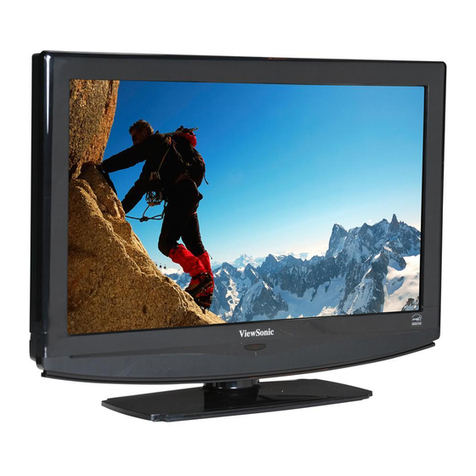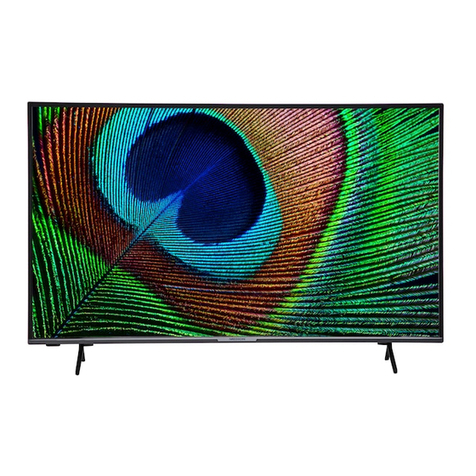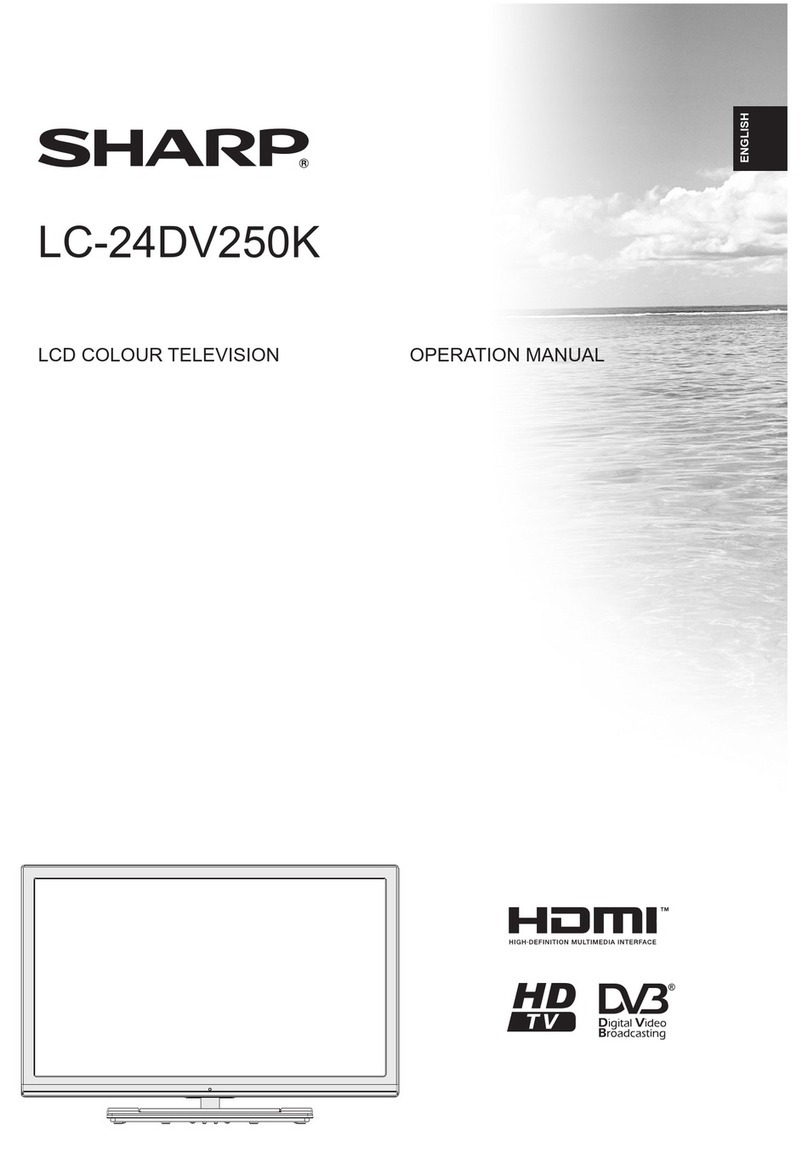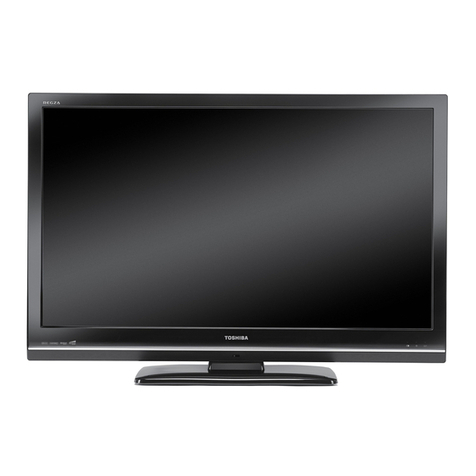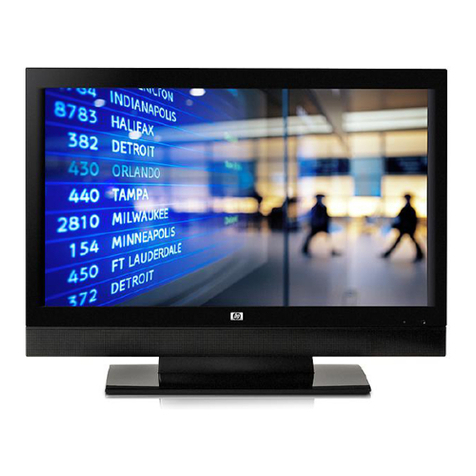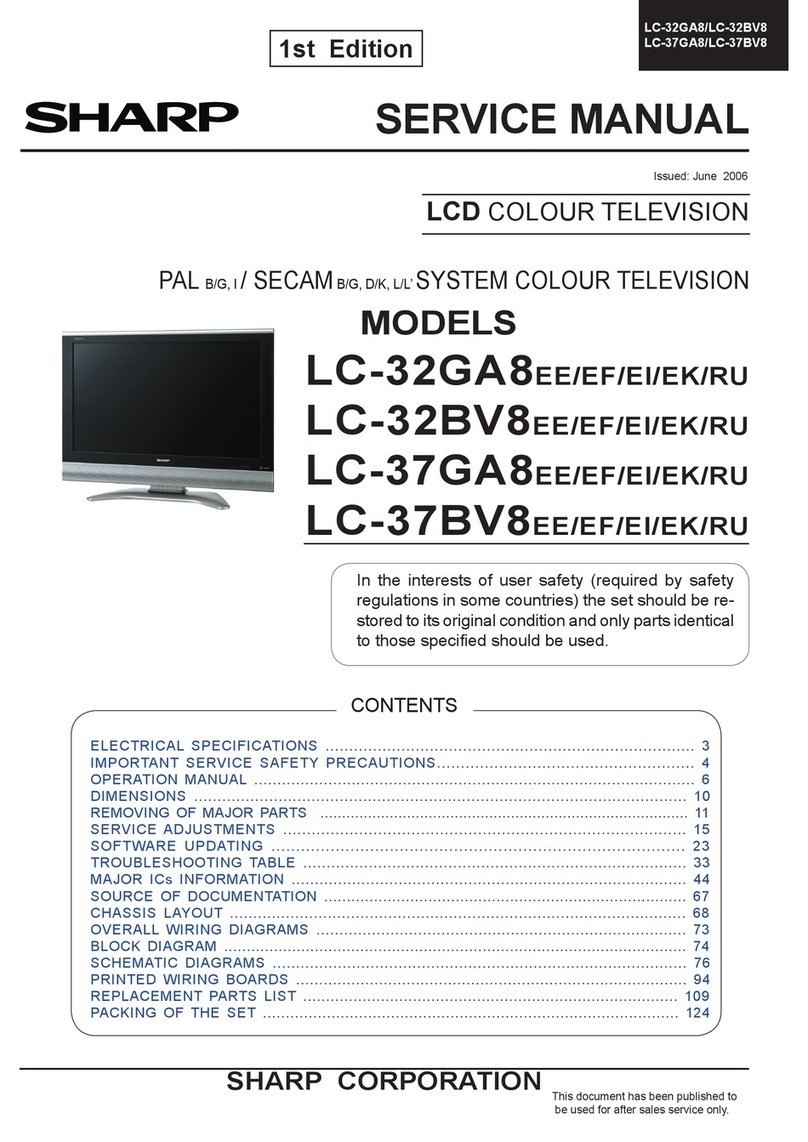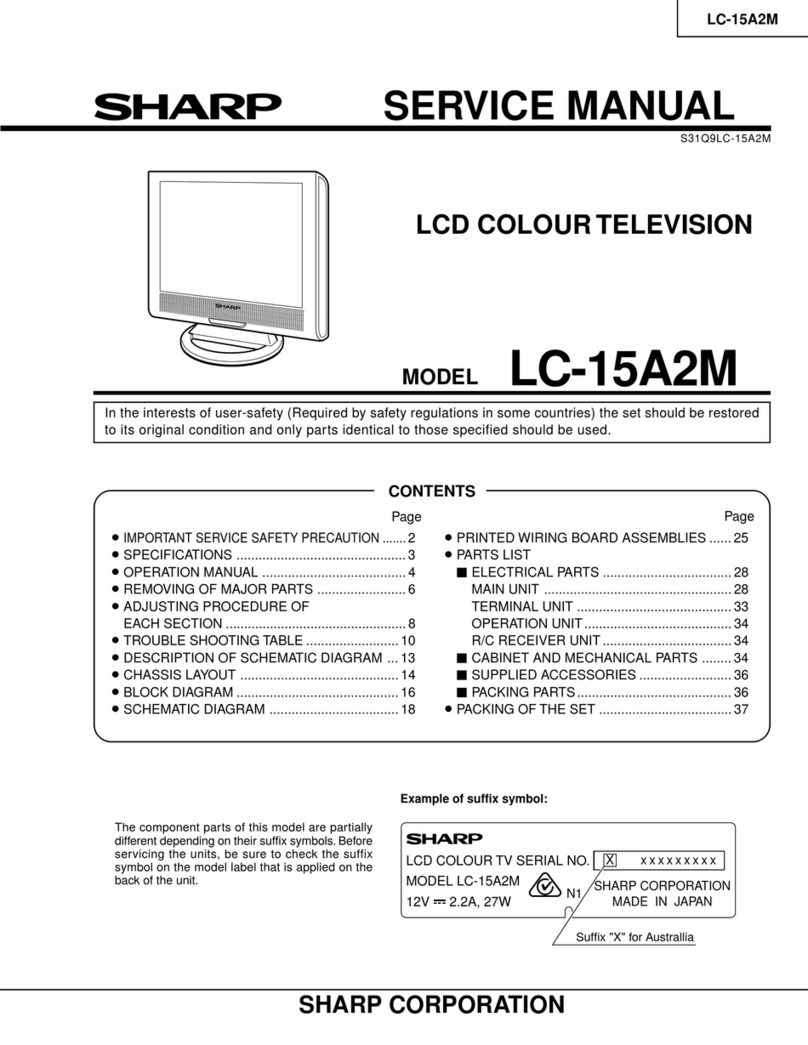Panasonic TX-32LX500M User manual
Other Panasonic LCD TV manuals
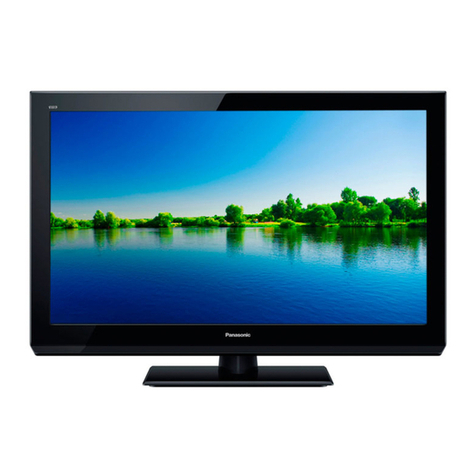
Panasonic
Panasonic TC-L32C5H User manual
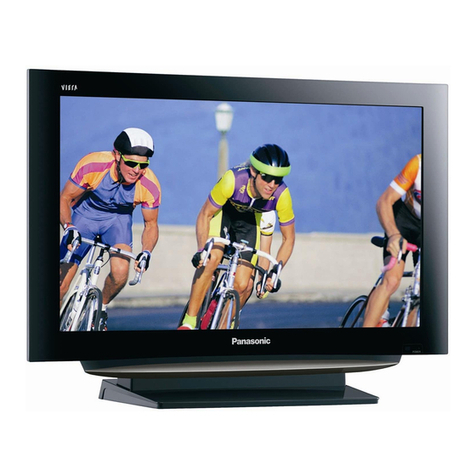
Panasonic
Panasonic Viera TC-26LX85 User manual
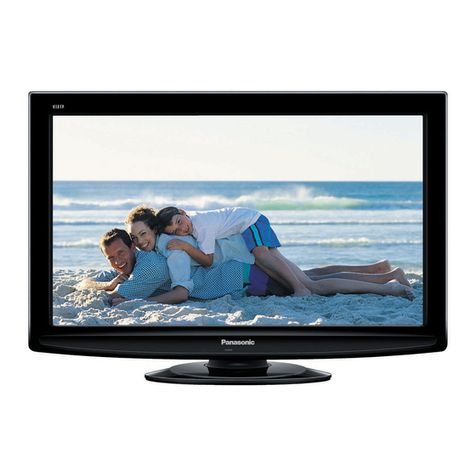
Panasonic
Panasonic TCL32C12 - 32" LCD TV User manual

Panasonic
Panasonic Viera TX-L32EM5E User manual

Panasonic
Panasonic Viera TX-L32ET5Y User manual

Panasonic
Panasonic Viera TX-LF32X15 User manual

Panasonic
Panasonic VIERA TX-L47WT60E User manual
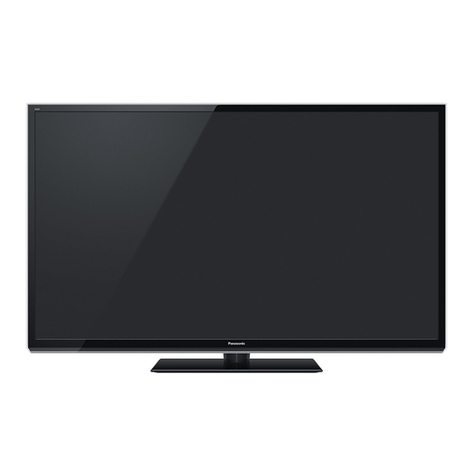
Panasonic
Panasonic Viera TC-P60UT50 User manual
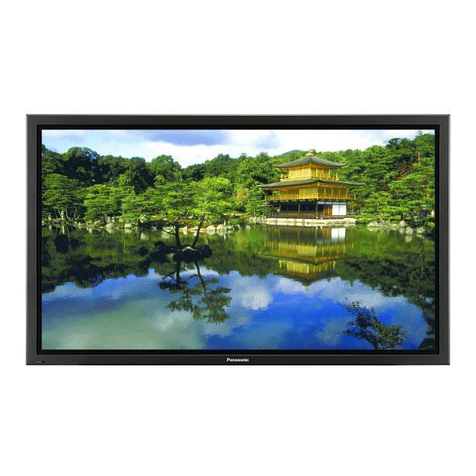
Panasonic
Panasonic Viera TH-65PF11 User manual
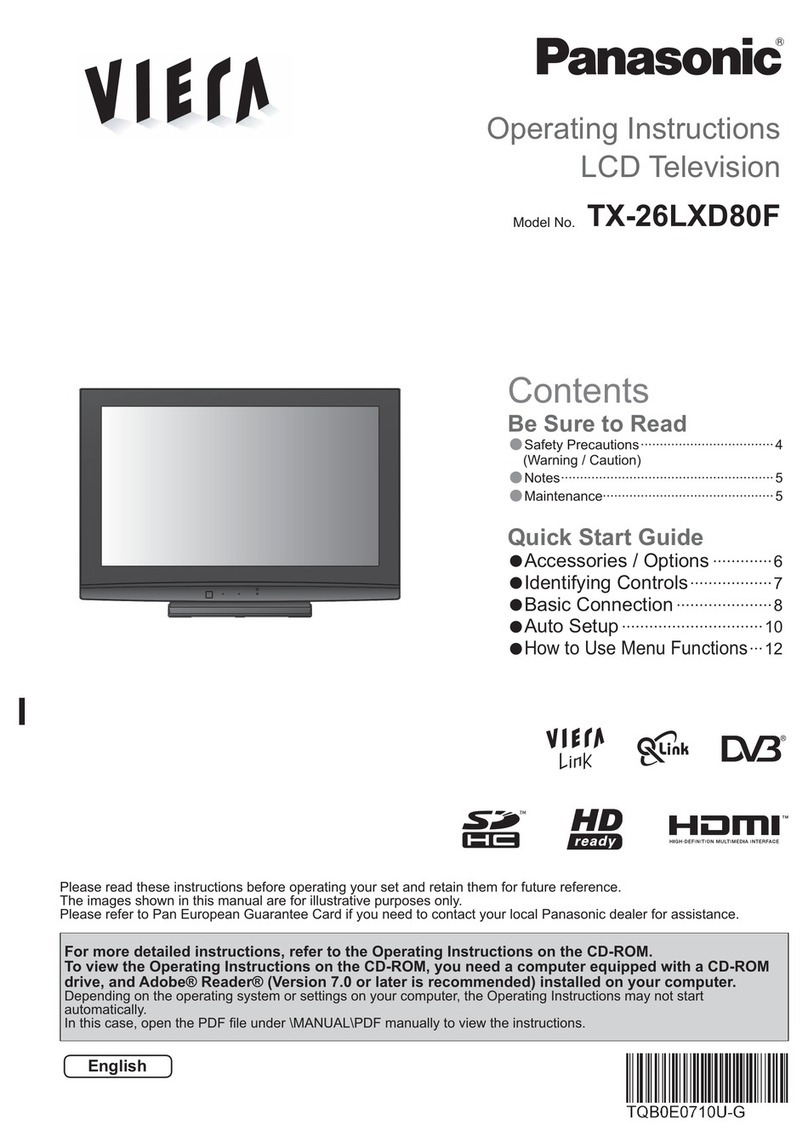
Panasonic
Panasonic Viera TX-26LXD80F User manual

Panasonic
Panasonic Viera TH-L22X20AK User manual

Panasonic
Panasonic VIERA TX-50A400E User manual

Panasonic
Panasonic Viera TC-L55DT50 User manual
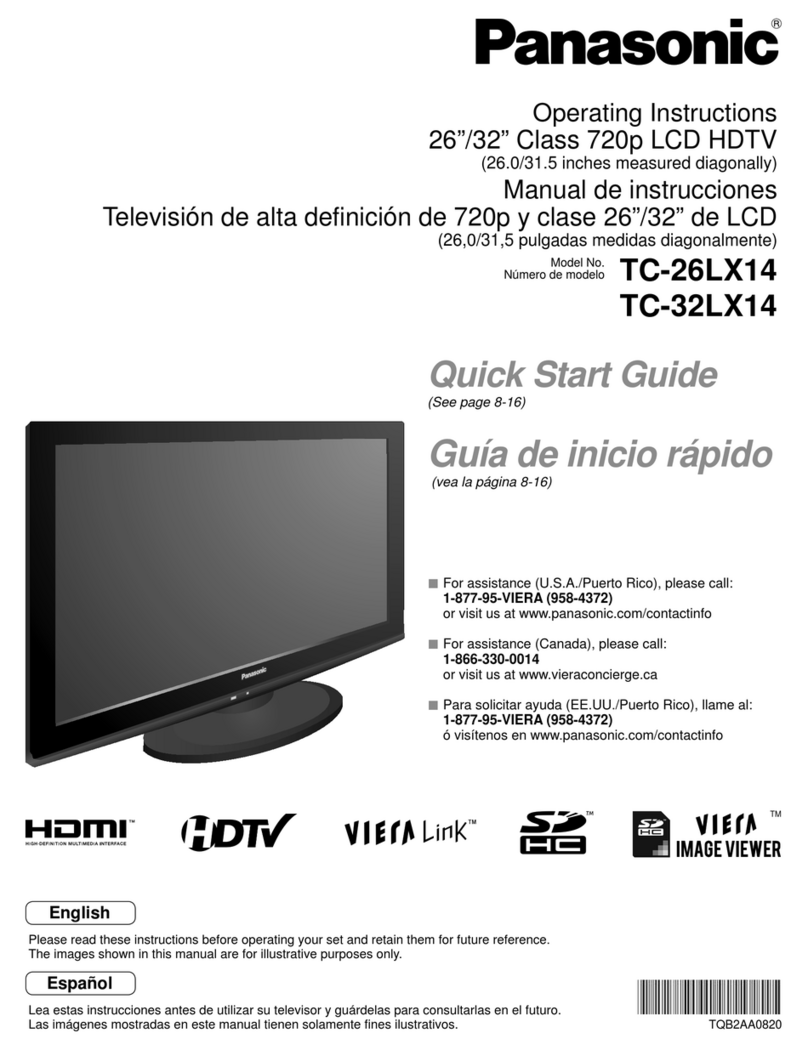
Panasonic
Panasonic TC-32LX14 - 31.5" LCD TV User manual

Panasonic
Panasonic TCL32C12 - 32" LCD TV User manual
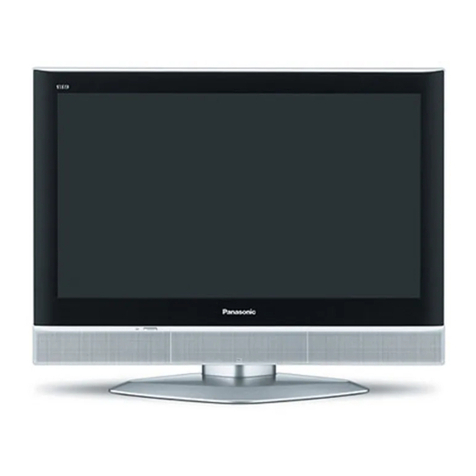
Panasonic
Panasonic TX-32LX500M User manual
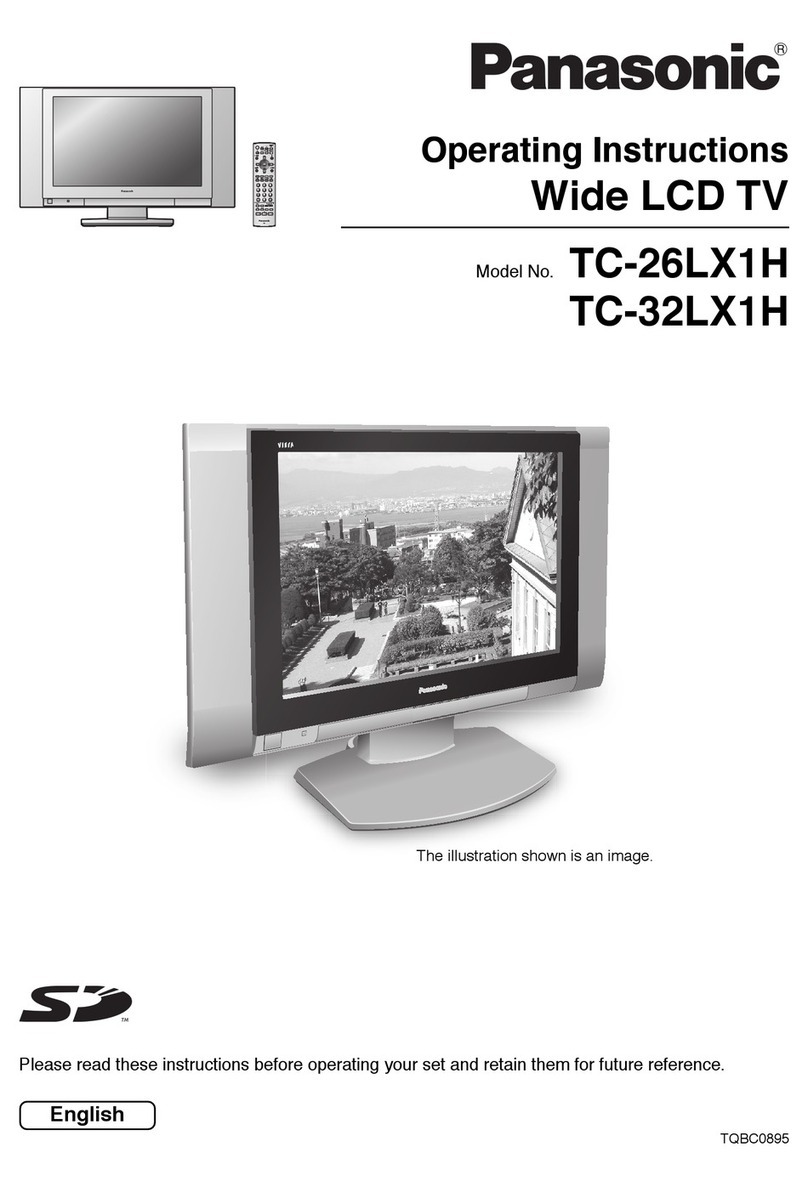
Panasonic
Panasonic TC-26LX1H User manual

Panasonic
Panasonic Viera TH-55CX800A User manual
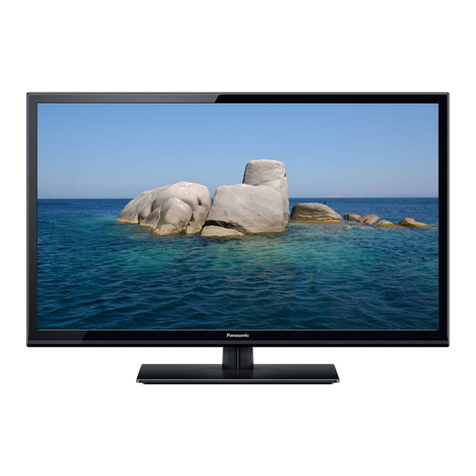
Panasonic
Panasonic Viera TX-L32XM6E User manual
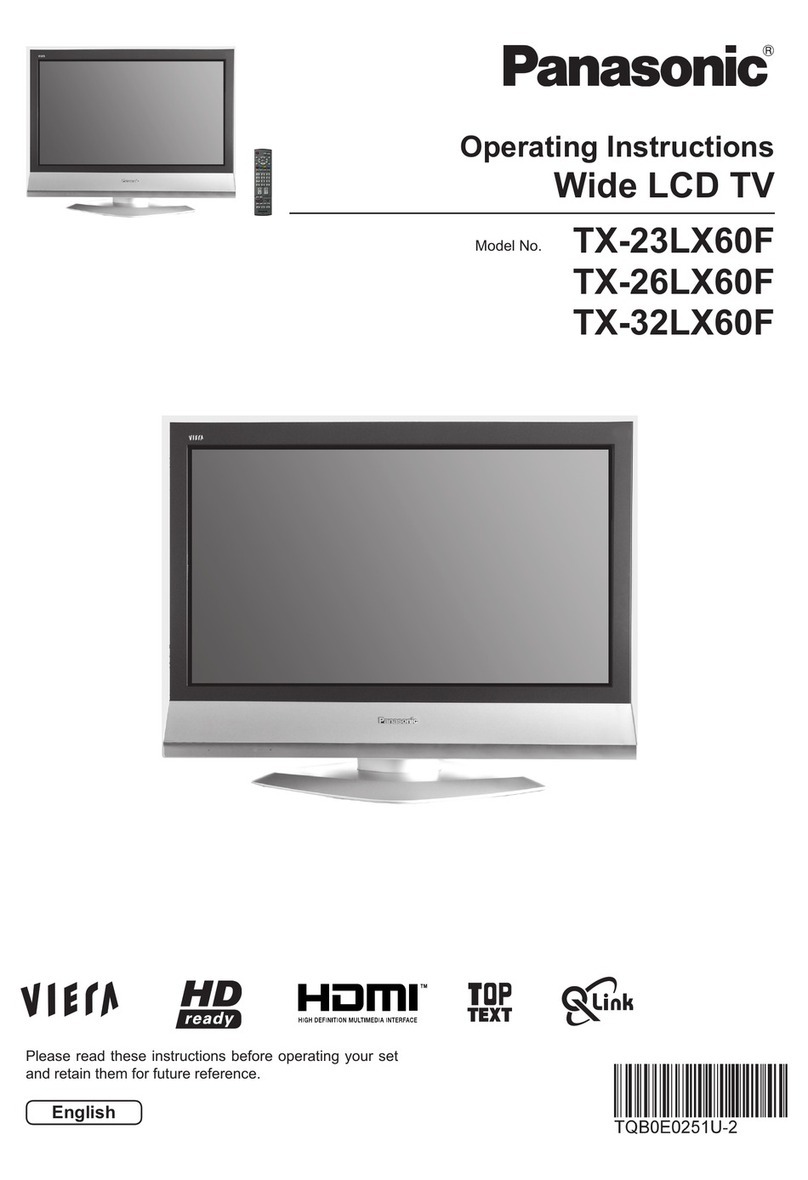
Panasonic
Panasonic Viera TX-23LX60F User manual
